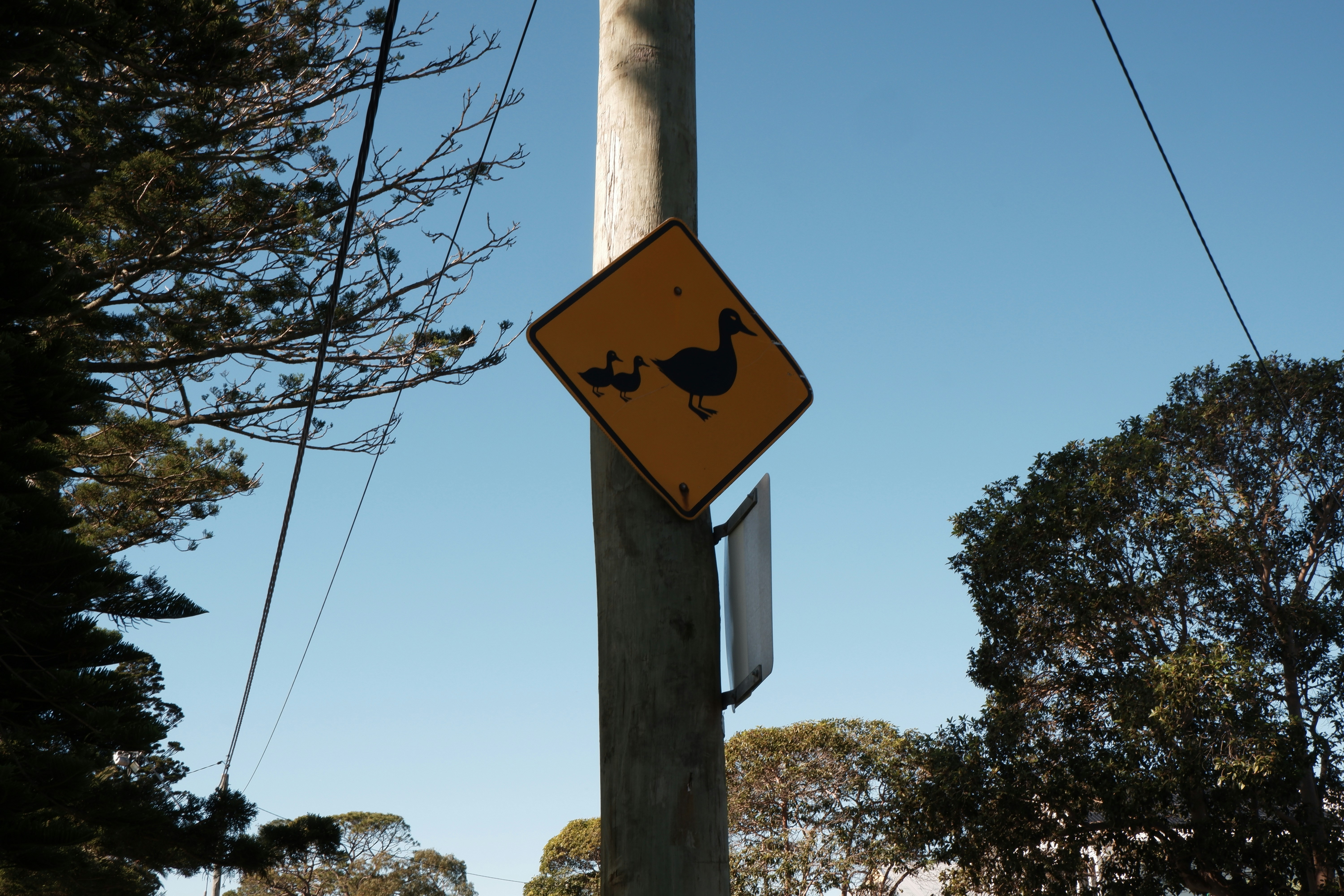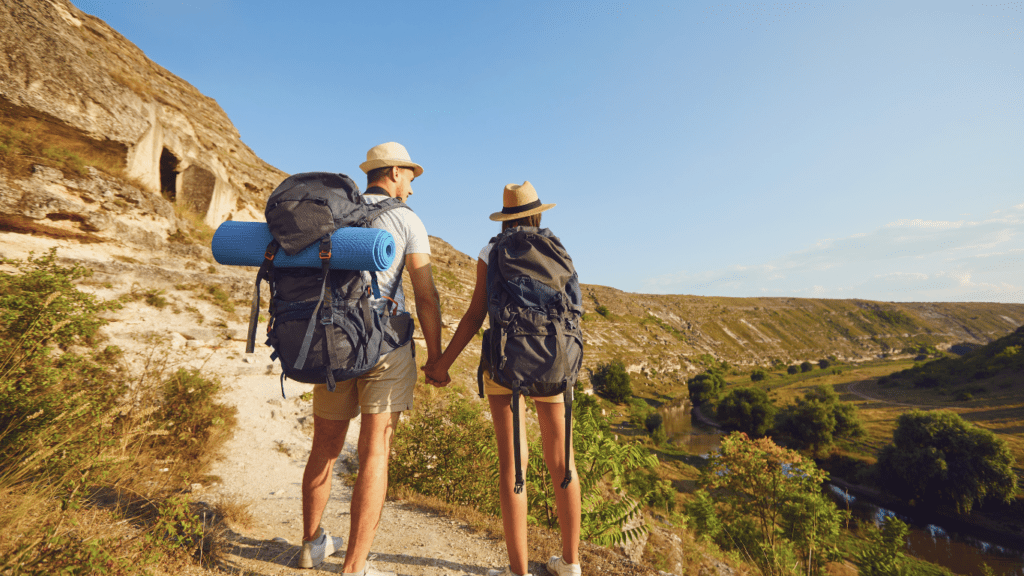Understanding Post Rain Trail Conditions
Rain doesn’t just wet the ground it rewrites the terrain. Even light showers can turn well worn trails into slippery messes. Mud clings to your boots, saps your energy fast, and makes climbs more like controlled slides. Heavier rain causes erosion that can carve out gullies overnight, loosen trail edges, and uncover roots or rocks you didn’t see before.
The real danger? What’s beneath you. Saturated soil puts pressure on slopes, and unstable ground can give way without warning. If you notice cracks across the trail, water streaming where it shouldn’t, or fresh debris at the bottom of a hill, you might be standing above a future landslide.
Knowing when to bail isn’t about being scared it’s about being smart. Trails that were fine before may now be high risk. If your footing feels off, or if water levels cut across your path, it’s time to reassess. River crossings are especially tricky. What looked like a calm ankle deep stream last week can turn into something fast and dangerous. If you can’t clearly see the bottom, don’t cross.
Weather may pass quickly, but its impact on the trail sticks around. Pay attention to where you’re stepping and trust your gut knowing when not to go forward is a key part of staying safe.
Gear That Actually Helps
Wet trails don’t care how cool your gear looks they care how well it works. Start with your boots. Choose waterproof hiking shoes or boots with deep lugs designed to grip mud and slick roots. Avoid smooth soles or anything labeled “lifestyle.” Now’s not the time for fashion.
Layering matters too. A waterproof jacket is useless if it traps sweat inside. Go for breathable shells that shed water without turning you into a walking sauna. Same rule applies for rain pants look for something lightweight but durable enough to survive brushing past wet branches or kneeling in mud.
Trekking poles aren’t just for steep climbs. In post rain conditions, they help test depth in puddles and give your knees a break on unstable ground. Adjustable ones with good tip traction make a big difference.
Pack smart. Toss in a couple dry bags to keep essentials from soaking phone, food, extra clothes. Extra socks are mandatory. Wet feet turn miserable fast. And if ice or slick rock is in your forecast, traction devices like microspikes or grippy slip ons are a quiet lifesaver. Nothing fancy just gear that works when the trail turns unpredictable.
Reading the Weather (Not Just the Sky)
Knowing it rained is useful. Knowing what happens after the rain is critical. Trails don’t bounce back immediately many need time to dry out, stabilize, and become safe again. Checking the post rain forecast tells you what’s coming next: more rain, a blast of sun, cool winds, or lingering humidity. These details hint at how hikeable tomorrow’s trail will be.
So how long do trails actually need? It depends. Well drained gravel paths might be safe in a few hours. Clay or heavily wooded trails? They could stay slick and unstable for days. A good rule: if the rain was heavy and the forecast stays damp, give it 24 to 48 hours minimum. If in doubt, call the local ranger station or check trail condition groups online.
Also, pay attention to microclimates. A sunny forecast in the valley doesn’t mean dry trail ridges. Forest canopies hold onto moisture. Mountain shadow zones stay cold and slick well after the rest of the trail dries. Understand the terrain. Just because it looks clear from your porch doesn’t mean the trail is ready.
Smart Moves to Stay Safe

When hiking after rain, caution is your most reliable companion. Wet trails are unpredictable, and what looks like a minor inconvenience can quickly turn hazardous. The following habits will help you navigate post rain conditions as safely as possible.
Before You Go
Share Your Plan: Always let someone know your exact route, expected return time, and check in steps. This simple measure becomes critical if conditions force an early exit or unexpected detour.
Be Ready to Turn Back
Watch for Warning Signs: If trail conditions worsen such as deep mud, rising water, or unstable footing don’t hesitate to turn around. Better a missed summit than a rescue call.
Know What to Avoid
Skip Narrow Ridgelines & Steep Descents: These spots can become slick and unstable fast. Post rain, they’re among the most dangerous features to navigate.
Steer Clear of Waterlogged Switchbacks: Water running over switchbacks can erode the path and hide unstable ground.
Stay on the Trail
Don’t Go Off Route: Even tempting shortcuts can be risky when the ground is wet. Off trail areas may look solid but can conceal mud pits, root systems, or erosion zones. Stick to established paths for your safety and to protect fragile landscapes.
For a deeper dive into staying safe on the trail, check out these detailed trail safety tips.
When to Postpone Instead
Sometimes, the smartest move is to stay home. If a trail is officially closed, flagged for flood risk, or shows obvious signs of damage like large washouts or collapsed footbridges don’t force it. These warnings exist for good reason, and trying to push through can put you and first responders at serious risk.
Before heading out, check with local ranger stations or the park’s official trail networks online. Most agencies update conditions regularly, especially after heavy storms. Sites, hotlines, and even social media pages can offer real time updates on closures or advisories.
Just as important: respect the land. Trails often need days or longer to recover from big rains. Hiking on saturated soil can do lasting damage, widening paths and tearing up fragile ecosystems. If you’re not sure the trail has had time to settle, give it a little more. There’s no medal for being the first person back on the mud.
Pro Level Advice for Wet Weather Hikers
When the rain stops, timing your start matters more than enthusiasm. Most seasoned hikers wait 4 8 hours post rain depending on trail elevation, soil type, and sun exposure. Morning rain? Aim for midafternoon. Overnight downpour? Late morning’s usually safe, once the topsoil has had some time to drain and dry.
Trail choice also plays a huge role in staying upright. Go for routes built with stone steps, gravel paths, or elevated boardwalks. These surfaces drain faster and offer way more traction compared to clay heavy or forest floor trails that cling to water.
Then there’s puddle intel. Pro hikers look at how water behaves on the trail. Flat puddles with silt rings mean poor drainage those areas turn slick fast. Clear water with visible rock beneath? Safer footing. Savvy hikers test boot grip on the edges before committing. If your boot slides with minimal pressure, it’s time to step wide or reroute around.
It’s less about pushing through mud and more about knowing what terrain will take you down. Read the trail like you’d read the weather: closely, and with respect.
Final Safety Tip
Nature doesn’t negotiate. You can argue with your calendar, but the trail doesn’t care. If something feels off if the terrain is too slick, the skies too moody, or the stream crossings look angry pause. Turn back. Try another day. Hiking isn’t a race, and you don’t earn medals for pushing through bad conditions.
Bottom line: trust your gut. The mountain will still be there next weekend. Stay safe, stay aware, and if you need a refresher, revisit these essential trail safety tips before you lace up.


 Hiking Trail Guide Expert & Outdoor Adventure Curator
Keturaha Perrymaners is an experienced trail guide and hiking enthusiast with an unparalleled passion for discovering and exploring nature’s most beautiful and secluded paths. As the hiking trail expert at Whisper Forest Ways, Keturaha curates comprehensive guides that cover everything from beginner-friendly walks to challenging multi-day treks. Her deep knowledge of terrain, weather patterns, and outdoor safety ensures that her recommendations cater to hikers of all levels, helping them prepare for their adventures with confidence. Whether you’re seeking scenic trails for mindfulness walks or rugged paths for a physical challenge, Keturaha’s expertly crafted guides provide the insights and inspiration you need to venture into the wilderness and fully immerse yourself in nature’s beauty.
Hiking Trail Guide Expert & Outdoor Adventure Curator
Keturaha Perrymaners is an experienced trail guide and hiking enthusiast with an unparalleled passion for discovering and exploring nature’s most beautiful and secluded paths. As the hiking trail expert at Whisper Forest Ways, Keturaha curates comprehensive guides that cover everything from beginner-friendly walks to challenging multi-day treks. Her deep knowledge of terrain, weather patterns, and outdoor safety ensures that her recommendations cater to hikers of all levels, helping them prepare for their adventures with confidence. Whether you’re seeking scenic trails for mindfulness walks or rugged paths for a physical challenge, Keturaha’s expertly crafted guides provide the insights and inspiration you need to venture into the wilderness and fully immerse yourself in nature’s beauty.
